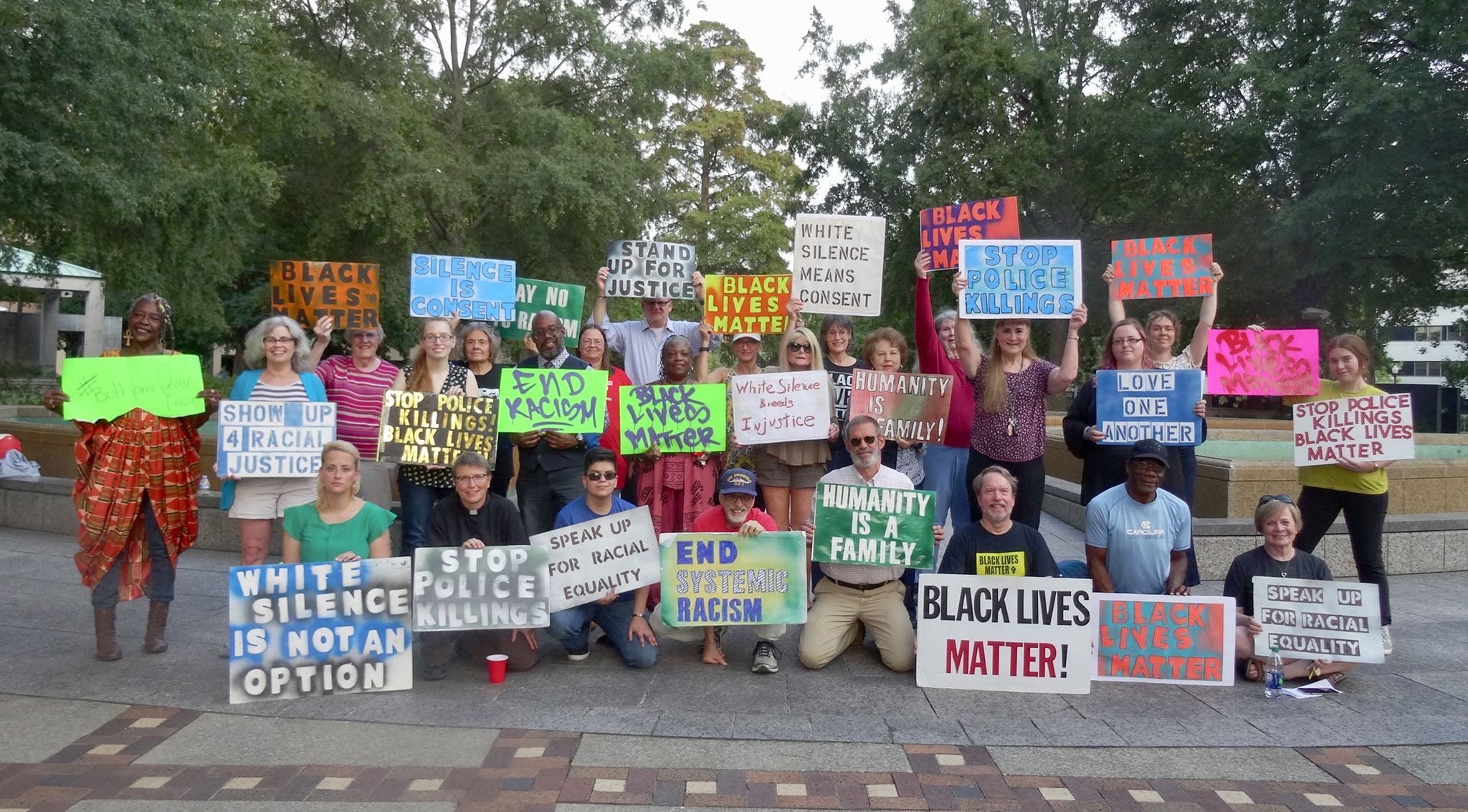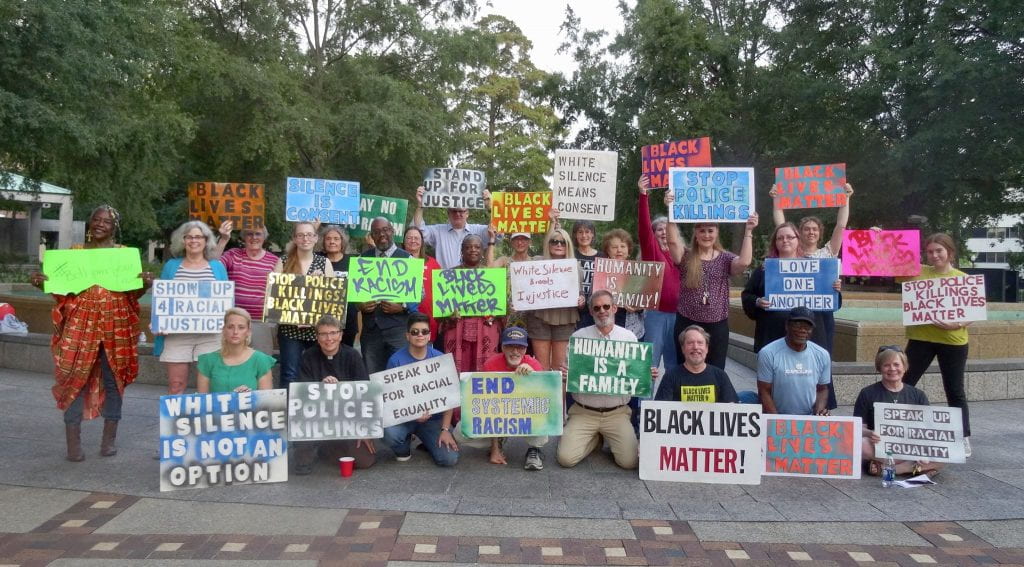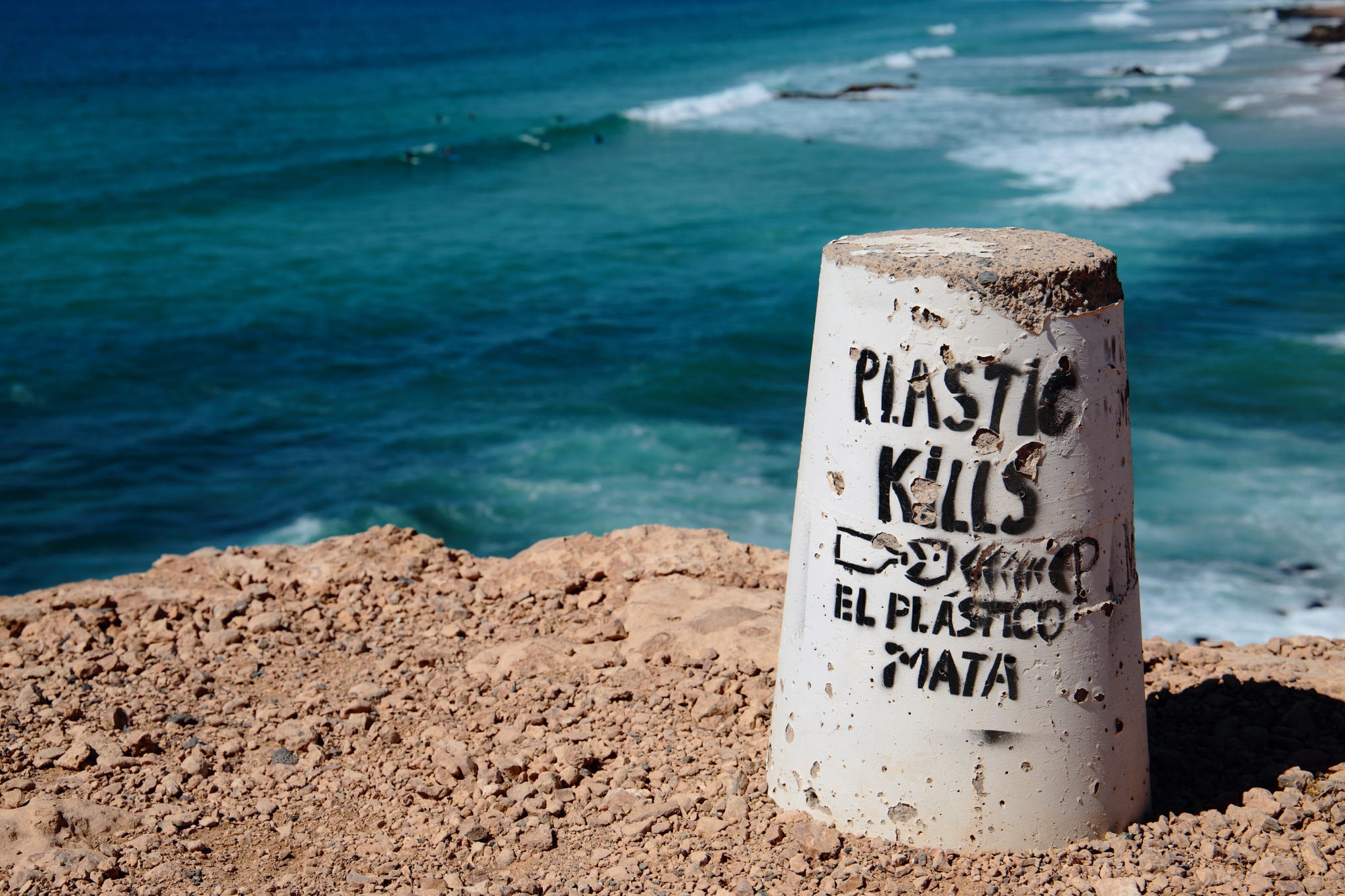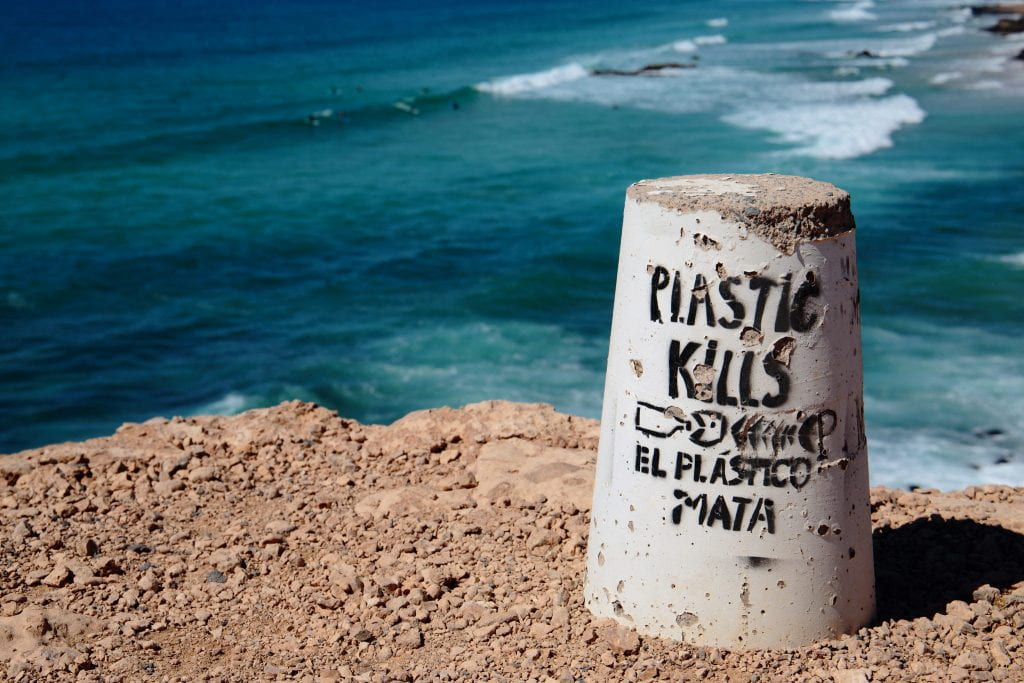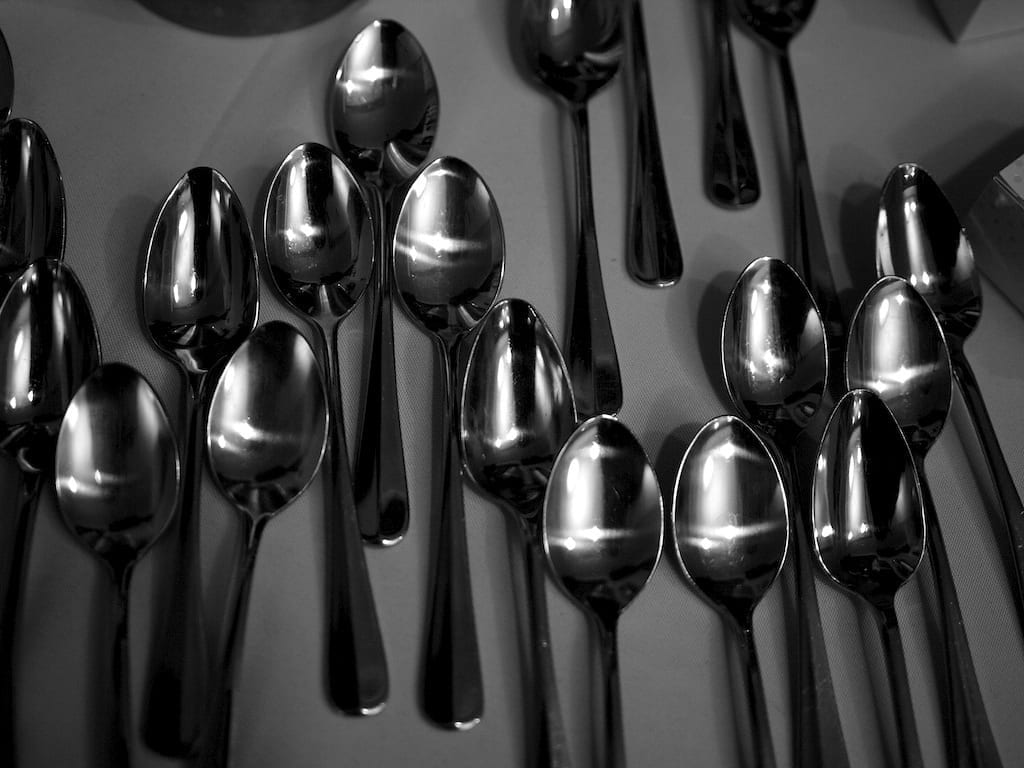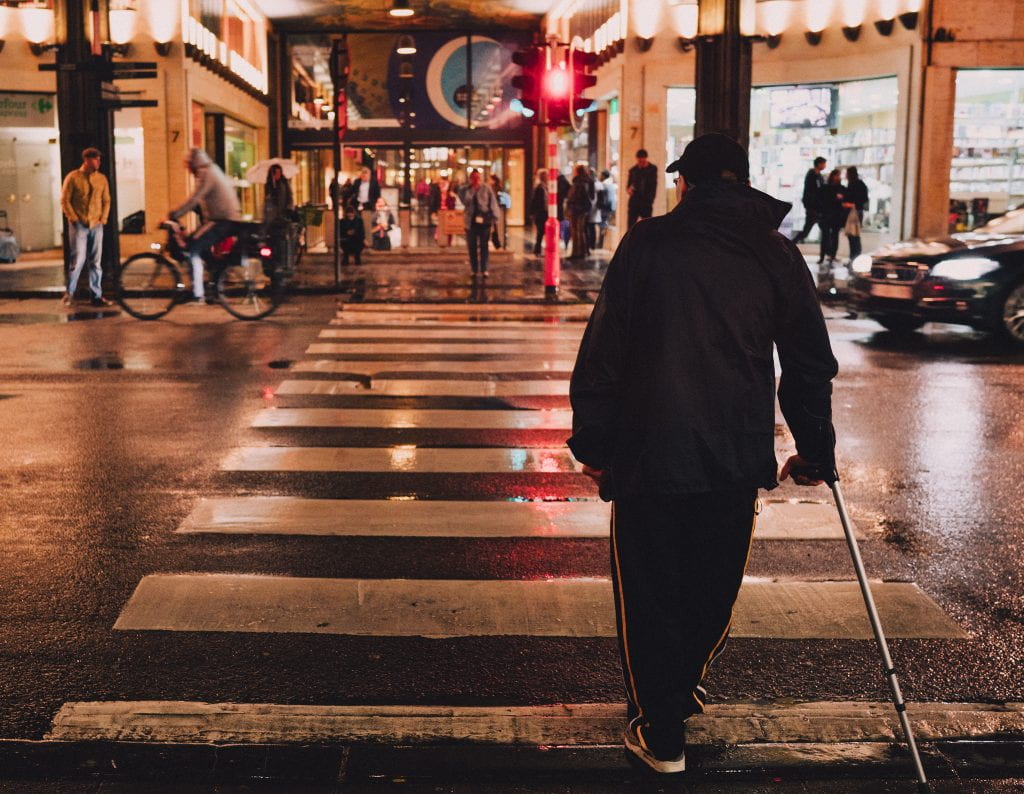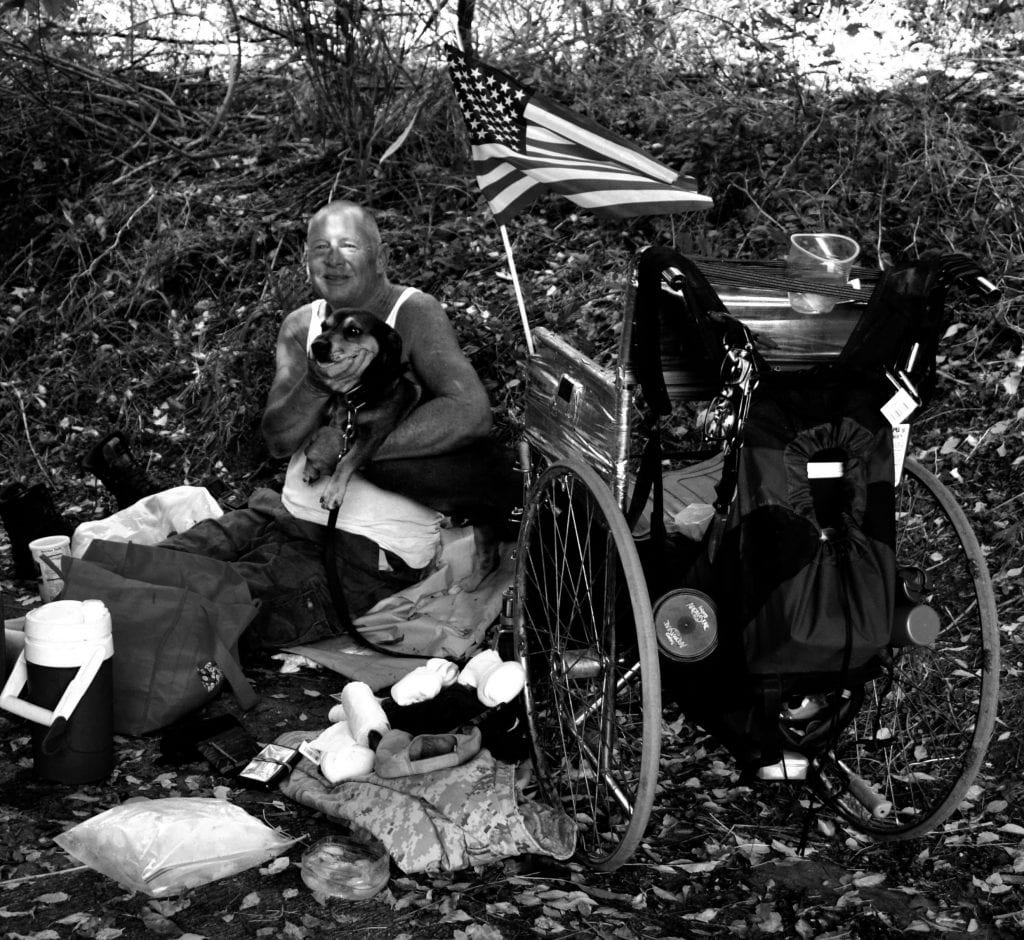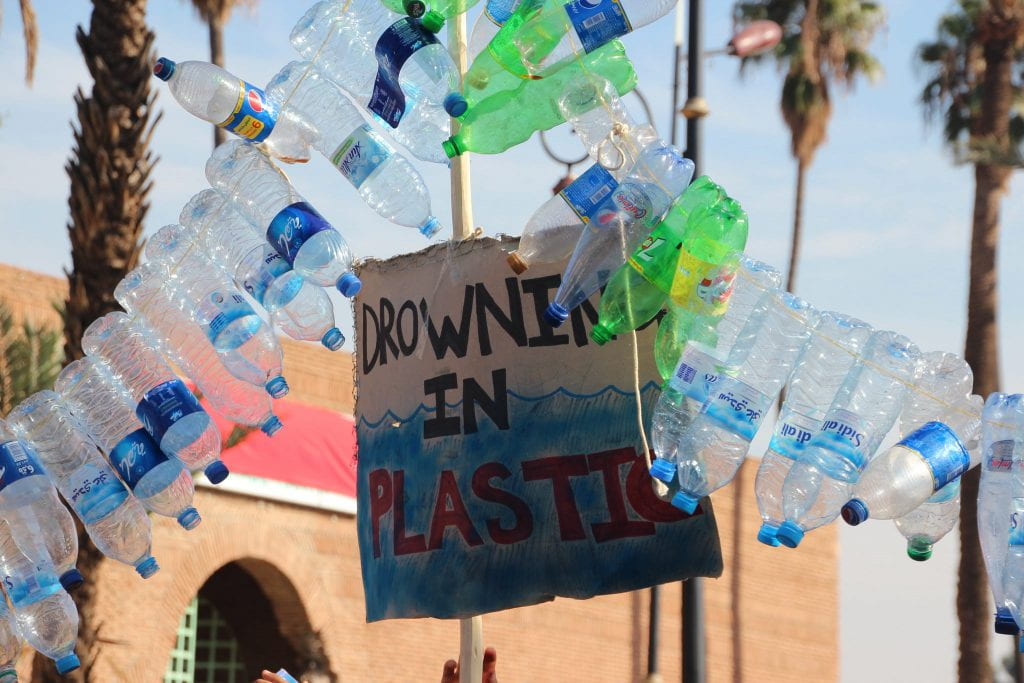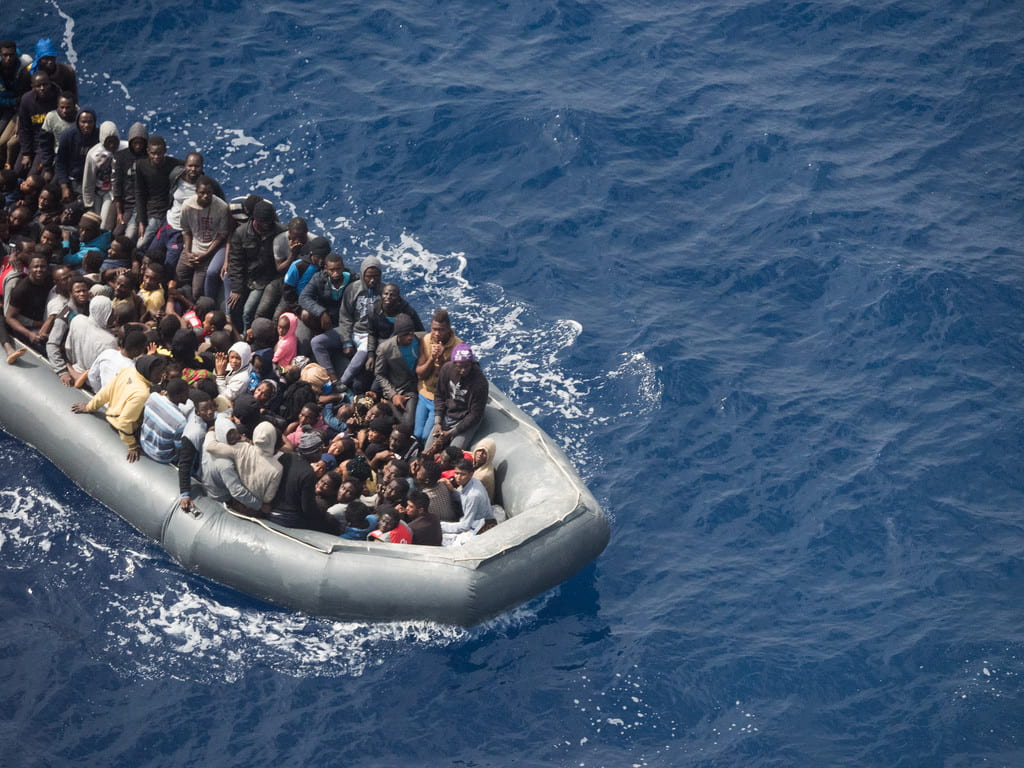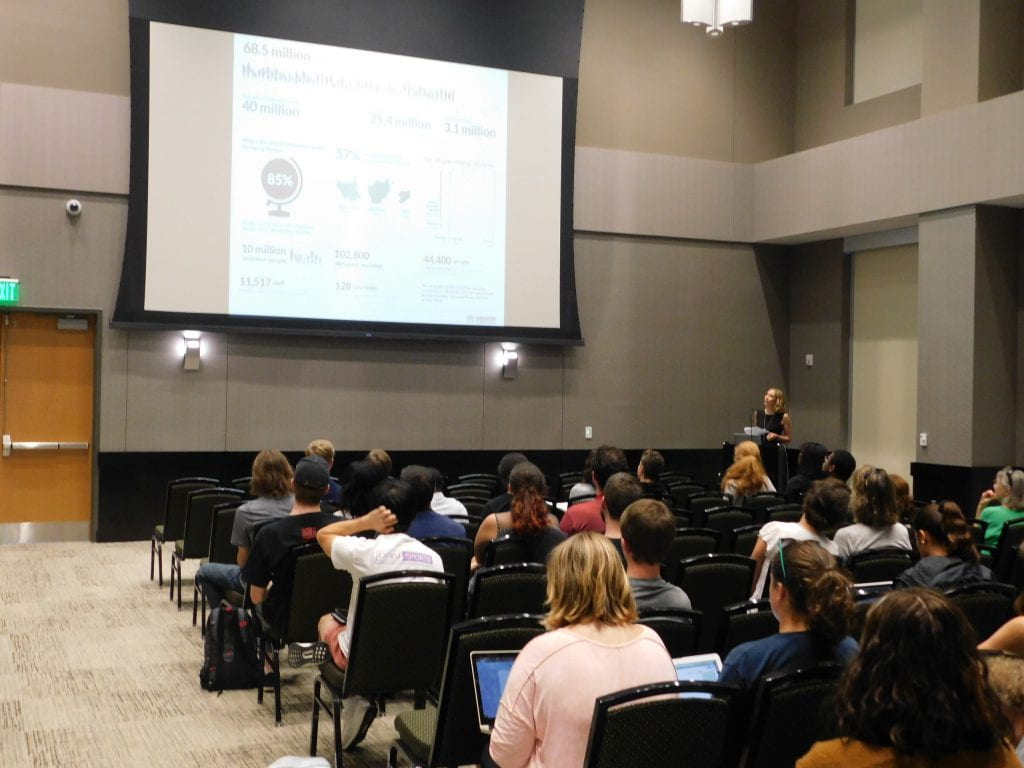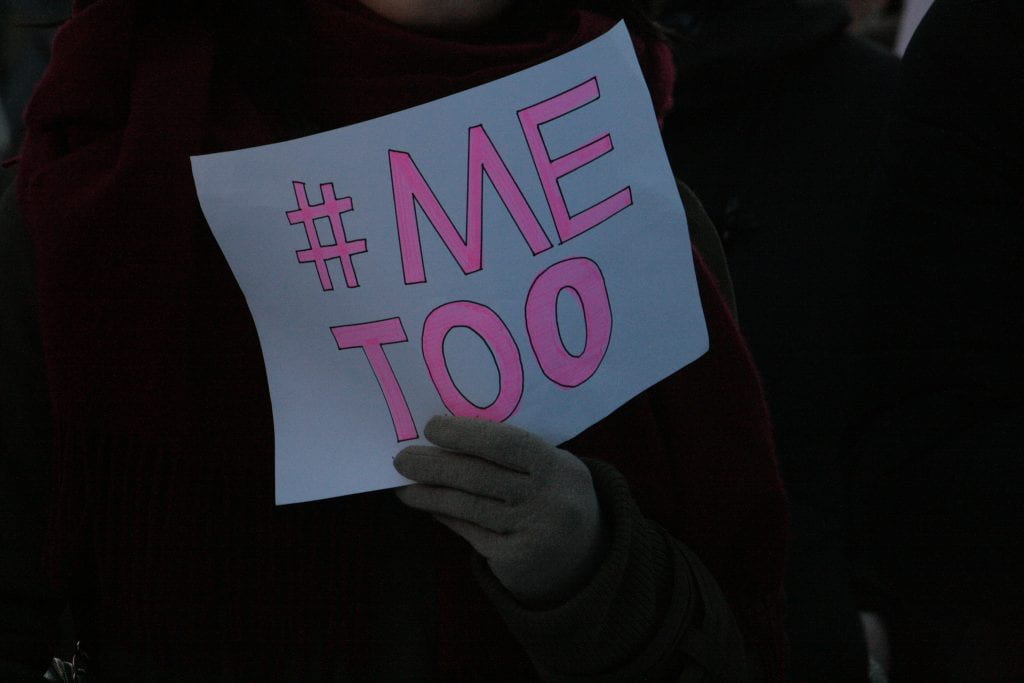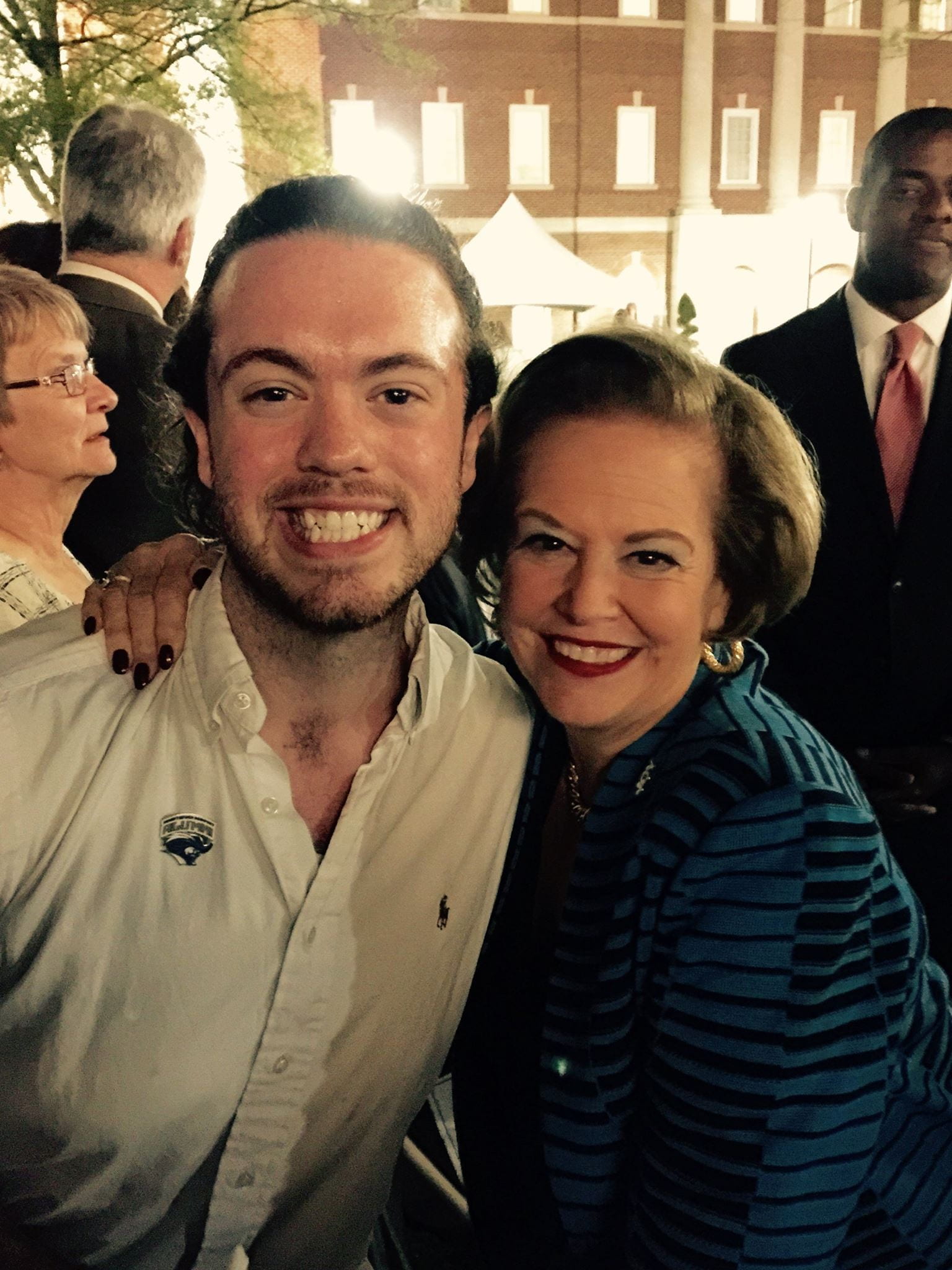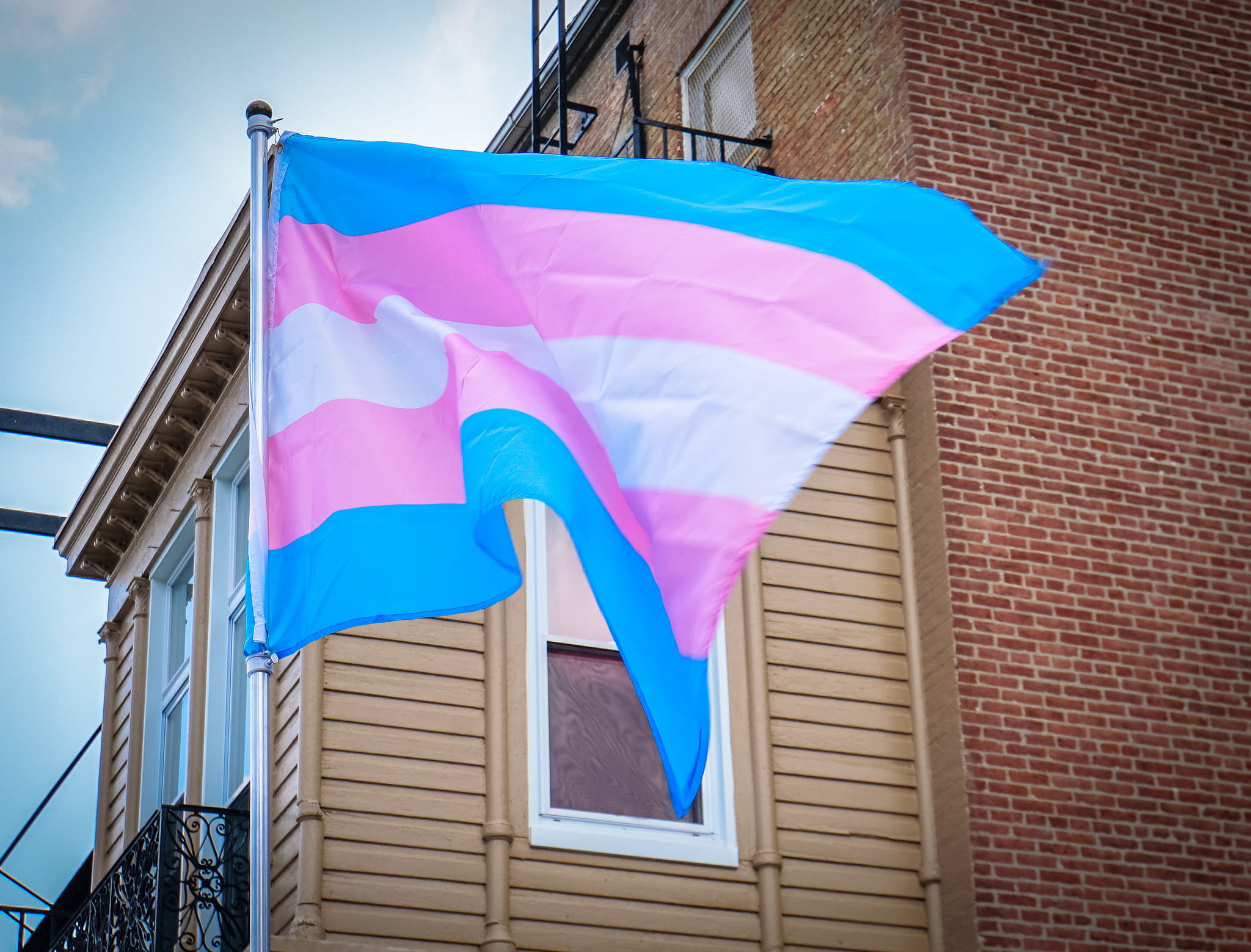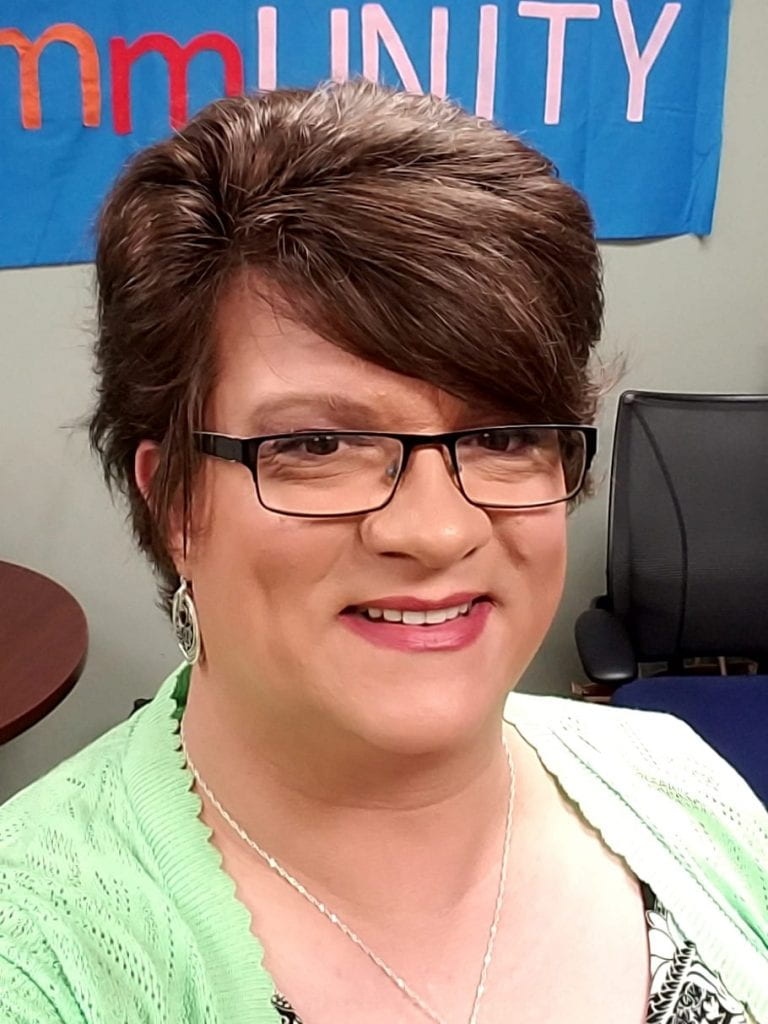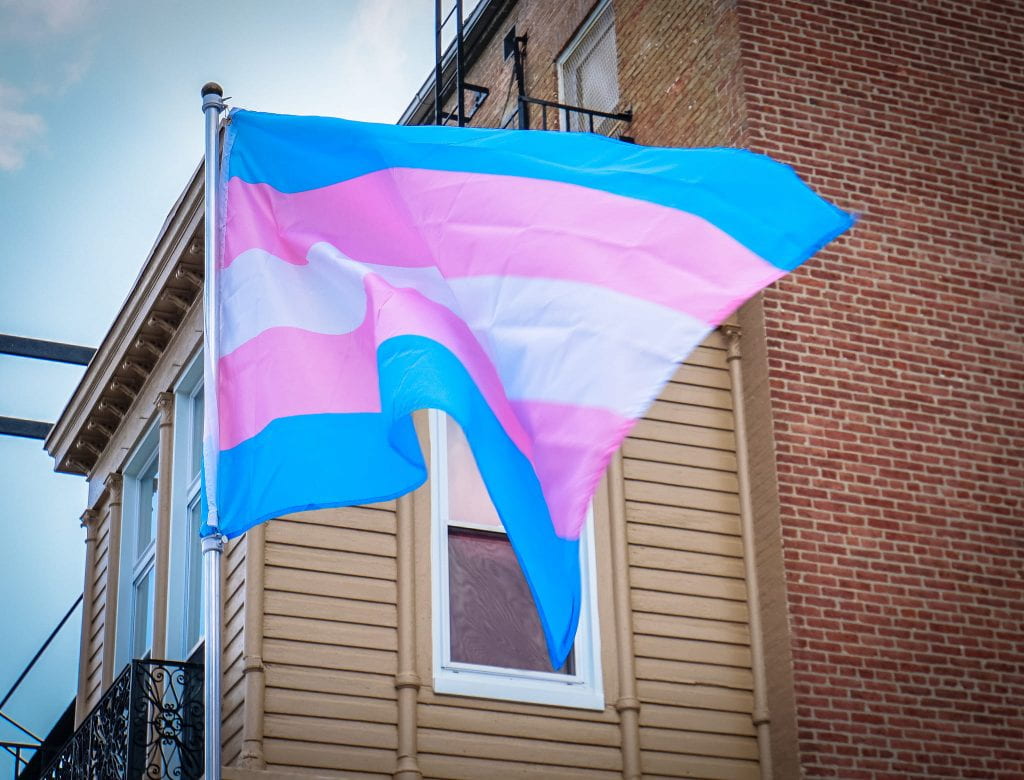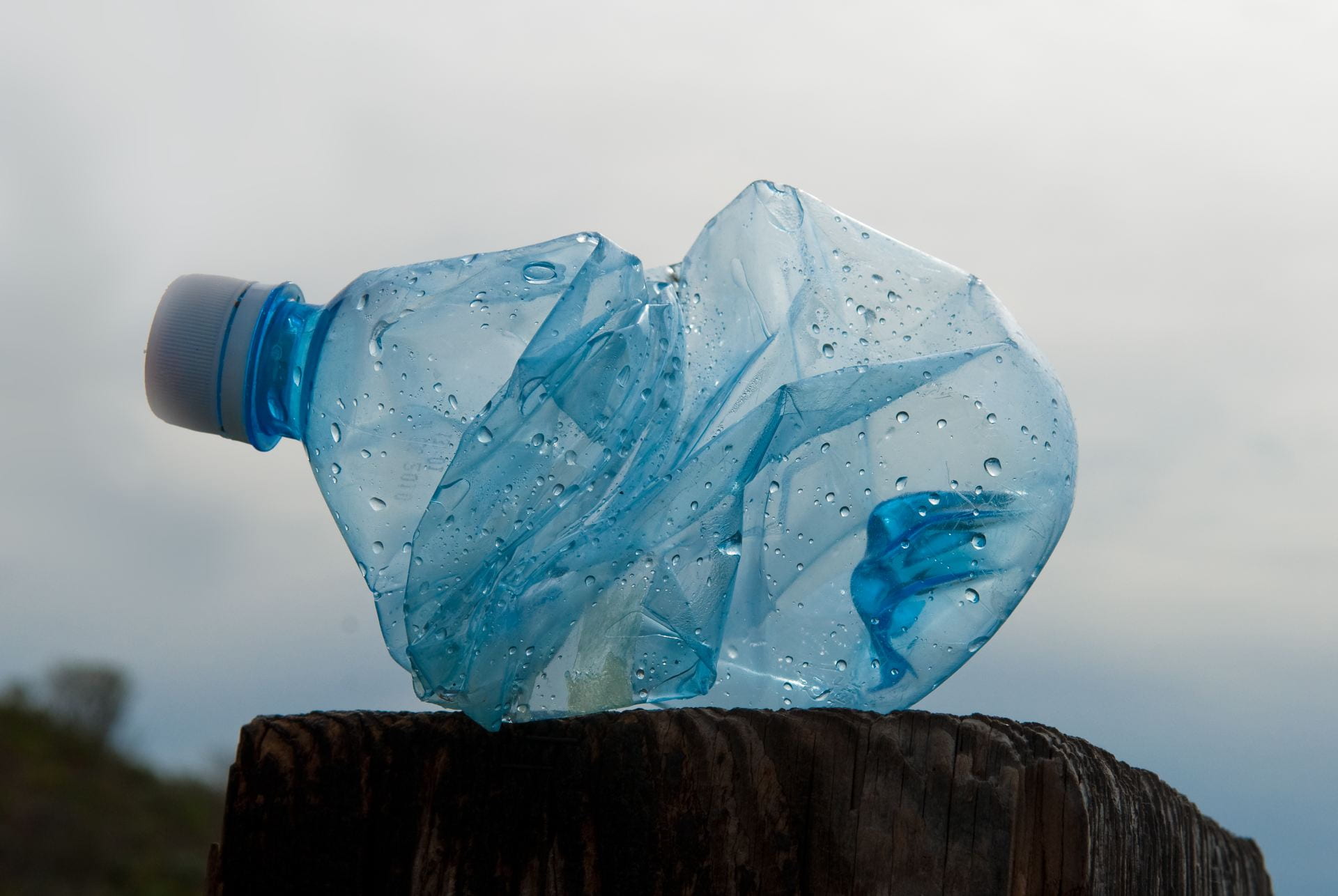Crazy Rich Asians, a film adaptation of Kevin Kwan’s 2013 book, was released on August 15, 2018. This movie has generated discussion in the representation for the Asian community through gender, class, and race. However, these efforts have been deemed controversial. The point of this film is to get people talking about the topic of representation and simply there is no way to make everyone happy. However, this film will lead the way to an industry that has been recently revived by the likes of movies such as Coco, the Big Sick, and Hidden Figures.
How Crazy Rich Asians is different
The film is based on the first book of the trilogy that covers Nick and Rachel’s journey. Interestingly enough, the film is a romantic comedy. When I think back to my childhood, that was all the rage. Unfortunately, in the past couple of years, rom com’s have faded into oblivion. Thankfully, it seems over the past couple of months that a number of new rom coms, such as Set it Up, To All the Boy’s I’ve Loved Before, and Love, Simon are on the rise.

In the film, the two main characters, Nick and Rachel, fall in love, so Nick decides to introduce Rachel to his family in Singapore. What Rachel does not know is that they are one of the richest families in the country. In the beginning, the movie seemed like any other rom com with your basic love story. However, what took me by surprise was the multidimensionality of the characters. While Nick’s mom, Eleanor, can be seen as the stereotypical “villain”, this story takes a different route and adds more elements to her character. Instead of simply being portrayed as evil, the movie shows other sides to her character such as her dedication and hard work for her family. This movie provides us with the reasons behind her “evil” traits, which makes it harder to dislike her. Humans are not one-dimensional beings; we have numerous traits that come together to make us who we are. A person is not just evil, but instead has multiple traits.
Another innovative idea is how this movie portrayed stereotypes. The movie begins with Nick’s family entering a fancy hotel in London during a storm, which made the floor muddy. The manager claims they do not have any room for her. In retaliation, Eleanor convinces her husband, Philip, to buy the hotel and in doing so makes the manager clean the floor. This scene causes the audience to feel sympathy toward the protagonist. What is genius about this scene is how they made a character who is normally not seen as relatable into someone we care about and sympathize with by showing their vulnerability. Another important concept was the fact that Rachel was given the majority of power, not Nick. Usually, the male decides between his mom or his girlfriend. However, in this movie, it is Rachel who makes the decision. This movie challenged gender stereotypes about who should have power and control.
Dark reality of Singapore
This film, for the majority of time, is set in Singapore, a small island nation in Southeast Asia. While the movie does not go in depth on the struggles of Singapore, such as their strict government and criminal justice system it provides a place for conversation to occur for those who wish to learn more about the country. Intentionally or unintentionally, the world will be talking about Singapore.
The author, Kevin Kwan, is wanted by the Singapore government for not participating in their mandatory military service which sheds some light on the harsher realities of what it is like to live in Singapore. It is a parliamentary representative democratic republic, meaning their President is the head of state, while their Prime Minister is the head of the government. Compared to the United States, there are numerous surprising, strict rules in Singapore such as it is illegal to smoke in public, feeding pigeons, or even connecting to someone else’s Wi-Fi which has $10,000 fine. There are restrictions on who can say what and what information is published through blogs or articles.
On the other hand, Singapore has one of the most diverse populations, both ethnically and religiously. Most of the populations in Singapore are Chinese, Malay, Indian, and Eurasian. While there are a variety of ethnicities with different languages, most Singaporeans speak English. Moreover, Singapore is the world’s most religiously diverse country because their society encourages people to follow their own culture and traditions while respecting others. Singapore is also a fairly small country and there are surveillance cameras on every street corner. Thus, it is quite safe and has a low crime rate and zero-tolerance policy relating to drugs and other crimes.
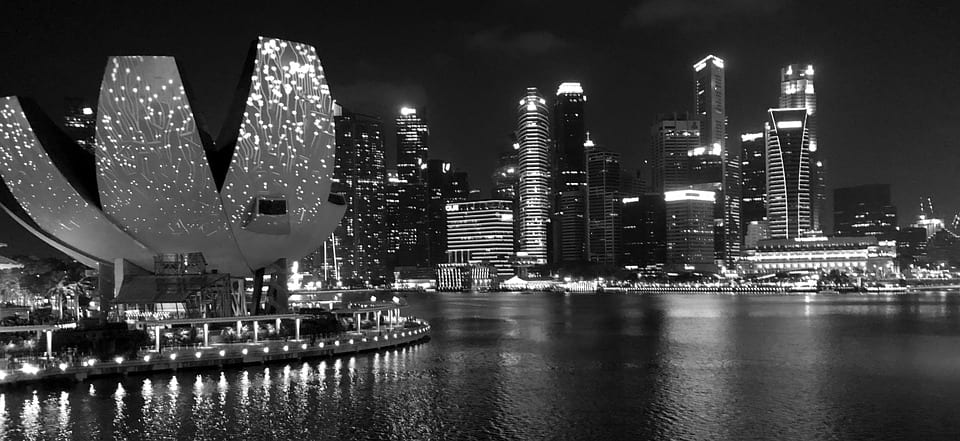
Making a splash in the Western world
Currently, in Western movies, there is a disproportionate amount of white actors and actresses compared to non-white actors and actresses, especially as the main character. The main reason why Crazy Rich Asians is groundbreaking is because it contains a cast of Eastern Asian actors and actresses. It is dismal to think that having casts of different races and cultures is not the norm. The only other movie produced in Hollywood that has an all-Asian cast is The Joy Luck Club, a 1973 film about Chinese women who meet up and play Mahjong and discuss stories about their family. Hence, it took 45 years for another all-Asian cast film to make the headlines.
A lot of the controversy with hiring different races comes with assuming what people want to see. Many people presume that Americans want to watch an American movie with actors that look like them, which means mainly “white”, so they can relate. The irony is that it is predicted in 2045 that most Americans will not be considered white, so why do producers think that most movie actors should be predominantly white? Many of the presumptions emerge with culture and what we are used to seeing. However, in the past years, there have been more films created to show the diversity of underrepresented communities such as Black Panther and Get Out. However, even with the rise of more diverse casts, 1.4 actors out of every 10 people are people of color. That is the startling reality.
The reason this story is refreshing is because of how the movie has a new take on a common story plot, although we see different people than we normally would. In fact, there are certain parts in the movie where they poke fun at Americans. In Western movies, occasionally, they throw in people of race to “diversify their movie”. However, you can usually tell they did it just to fill their quota; personally, it never quite feels real. In this movie, they rarely include white people and they do only to fill their requirement. For example, one of the scenes that stood out to me was when a man told his kids to eat his food because of all the starving kids in America. Also, when they include beauty queens in a bachelorette party, instead of looking at other countries and how different they are from the United States, we get a role reversal of how different it is from Singapore. Another unique aspect of this film is how it focuses on the second generation of immigrants. In the past, we have seen trite storylines on an immigrant coming to the United States and chasing the American Dream. This movie stands out because it is not afraid to poke fun at things we consider our “norm”, which leads to new possibilities of what the future will hold for the big screen.
No film is perfect
On the other hand, while this movie is groundbreaking, it is not without its weaknesses. One of the major shortcomings that people were quick to mention was the misrepresentation of the Singaporean population. Singapore is culturally diverse and includes people from other places such as Indonesia and Malaysia. People were looking for brown or non-Eastern Singaporeans among the cast; however, they were depicted as the working class. Based on a person’s skin color, they are treated and perceived differently. In fact, this movie plays into the stereotype that Asians are thought to have lighter complexions. The film had an all-Asian cast, but they were all East Asian. The film could have had more diversity. Especially, since one of this film’s biggest pillars is “the inversion of racial expectation”. It is paradoxical to say it is an innovative movie, when in fact it plays to some of the same stereotypes they are fighting against. To be fair, the focus of the movie is on an extremely wealthy Chinese-Singaporean family; thus, this movie is not trying to depict the entire Singaporean population. It is important to consider that regardless how great of a movie this is, there will always be some backlash. However, this may even be why it is such a great movie whereas it creates dialogue on topics that are often ignored or not noticeably addressed.
